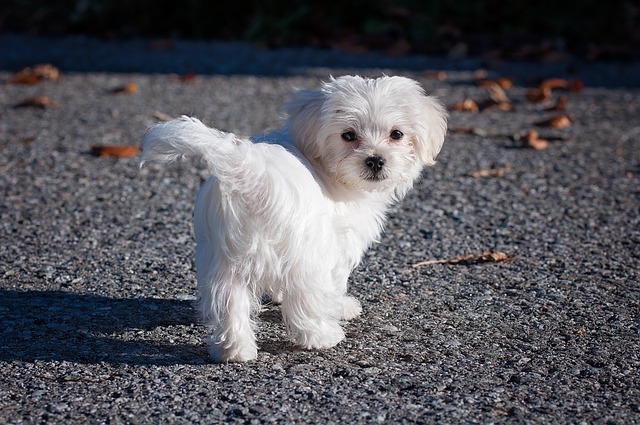
How can I tell if my dog's heatstroke is serious
Let’s be real: It’s a sticky August morning in Los Angeles, and you took your 2-year-old Golden Retriever, Max, for a walk a little later than usual
If you’ve noticed your dog’s paws looking cracked, rough, or flaky—maybe they’re licking them more after walks, or you’ve felt the dryness when they rest a paw on your lap—you’re probably wondering how to soothe them. Dry paw pads are common, especially with seasonal changes, and figuring out what to put on them doesn’t have to be complicated. Let’s walk through safe, effective options that’ll have those paws feeling soft again.
First, why do paws get dry? A dog’s paw pads are made of thick, fatty tissue designed to handle pressure, but they lack the oil glands that keep skin elsewhere moisturized. Hot pavement in summer, cold winds and salt in winter, and even dry indoor air from heaters can strip away their natural moisture, leaving them chapped. Breeds with hairless paws, like Greyhounds, or those who love rough terrain, like Australian Shepherds, are extra prone. Think of it like your own hands after washing them too much—they need a little help retaining moisture.
So, what works? Start with pet-specific paw balms—these are formulated to be non-toxic if licked, which is key because dogs can’t help but groom their paws. Look for ingredients like shea butter, coconut oil, or beeswax; they lock in moisture without being greasy. My friend’s Bulldog, who struggles with winter dryness, uses a balm with cocoa butter, and after a week of nightly applications, his pads were noticeably smoother. For a budget-friendly option, plain coconut oil works too—warm a tiny bit in your hands and rub it into their pads. Just avoid olive oil; it can be too slippery on floors.

How to apply it? Make it a calm routine. Sit with your dog, offer a treat, and gently lift one paw at a time. Rub the balm or oil in using circular motions, focusing on the rough areas. If they pull away, stop and try again later with more treats—never hold them down. I learned this with my own Golden Retriever, who hated paw handling at first. Now, she sits patiently because she knows a peanut butter reward comes after. Do this after walks or before bed, when they’re relaxed, and let it absorb for a few minutes before letting them run around.
Now, let’s tie this to being a responsible owner in the U.S. Keeping your dog’s paws healthy is part of meeting their basic needs, which is required by animal welfare laws in every state. Neglecting severe dryness that causes pain could lead to infections, and some cities have regulations about pets being “in good health” in public spaces. When you’re out walking, always carry poop bags—fines for not cleaning up can reach $250 in places like Boston—and keep your dog leashed where required. If your pup’s dry paws make them limp, skipping a walk isn’t an option, but protecting them with booties (yes, they’re a thing!) shows you’re looking out for their well-being.
In apartments, be mindful of slippery floors after applying balm—place a towel by their bed to catch excess. Also, stick to quiet hours for paw care if your dog gets excited; no one wants barking during morning or evening quiet times. And remember, positive reinforcement goes a long way. If your dog associates paw time with treats and praise, they’ll cooperate better, making grooming easier for both of you.
If the dryness doesn’t improve, or if you see bleeding or pus, check with your vet—they might rule out allergies or infections. But for most cases, a little moisture and patience are all it takes to get those paws back in shape.

Let’s be real: It’s a sticky August morning in Los Angeles, and you took your 2-year-old Golden Retriever, Max, for a walk a little later than usual

You're enjoying a summer afternoon at the park when you notice your dog has stopped panting and appears disoriented - their gums are bright red

Let’s paint the picture: You’re in your Denver apartment, watching your 4-year-old Boston Terrier, Ruby, plop down mid-play session with her favorite toy

Many dog owners notice their pets nails seem shorter after regular walks,but how much does this daily activity actually help?The answer depends on where you walk—concrete sidewalks or asphalt streets gently file nails as a dog's paws hit the ground

Most dog owners notice their pup scooting across the carpet at some point, but few connect it to impacted anal glands. These small sacs near a dog’s rectum secrete a scent for marking territory

Most vets agree that regular dog teeth cleaning is key to avoiding painful dental issues later. For healthy adult dogs, a professional cleaning at the vet’s office every 12 to 18 months usually works well.